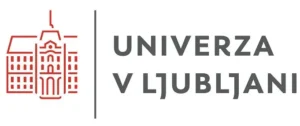1949 and 1969
Between 1949 and 1969, the area of research expanded to include the development of measurement methods in the infrared and optical wave fields and the far-infrared and laser spectroscopy. These two methods allow direct observation of the molecular movement in liquids and crystals.
A typical characteristic of condensed matter laboratories in Slovenia as well as abroad is that their research can be almost directly applied to practical purposes.
Between 1949 and 1969, the research group for condensed matter physics had two laboratories: the Electron Microscopy Laboratory and the Magnetic Resonance Laboratory.
The Electron Microscopy Laboratory started operating in 1954 to study polymeric substances. In later years, the researchers focused predominantly on researching materials and phenomena important for nuclear technology. Together with the Department of Ceramics, the group studied microstructure of ceramic nuclear fuels as well as corrosion of reactor graphite and uranium sulphides.
They also studied damage that occurs in crystals when they are bombarded with ions. This research provided an important insight into the early phases of damage formation during irradiation of matter in a reactor
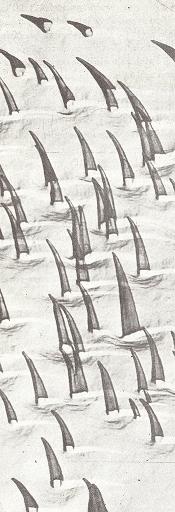
Around year 1969, the research group for electron microscopy examined two problems:
- The first subject of research was the defect structure of crystals of various transition metal compounds. The goal of this research was to make new basic discoveries about the types of defects and about the magnetisms of their arrangement and interaction in a number of compounds with interesting electric and magnetic properties.
- The second focus of research were the properties of thin layers. This research was closely related to the first topic but was more application-oriented, as the goal was to establish how the electric properties depend on the structure of thin layers, which are used in microelectronics as resistive and capacitive elements.
In addition to the above mentioned research, the group also carried out ad hoc studies for the demands of industrial and other laboratories.
The Magnetic Resonance Laboratory of the Jožef Stefan Institute was one of the oldest in Yugoslavia and was founded before 1969. The Laboratory built its international reputation predominantly with the quality of its scientific work and publications. While first years were dedicated to building the instruments, this did not prevent the group from carrying out research at the same time. The methods of radio-frequency spectroscopy were still being developed at the time and specialised companies producing electronic components for such research did not exist, which meant that the researchers of the F5 Department had to be both designers and builders of instruments.
At first, the researchers focused on molecular physics, but later they turned to the research of crystals, in particular ferroelectrics. Ferroelectrics are substances that can be used, among other, as elements of electronic circuits, which made them more interesting from the theoretical point of view. And it was the research of ferroelectrics that made this group world-renowned, since their results contributed significantly to the theory of these substances.
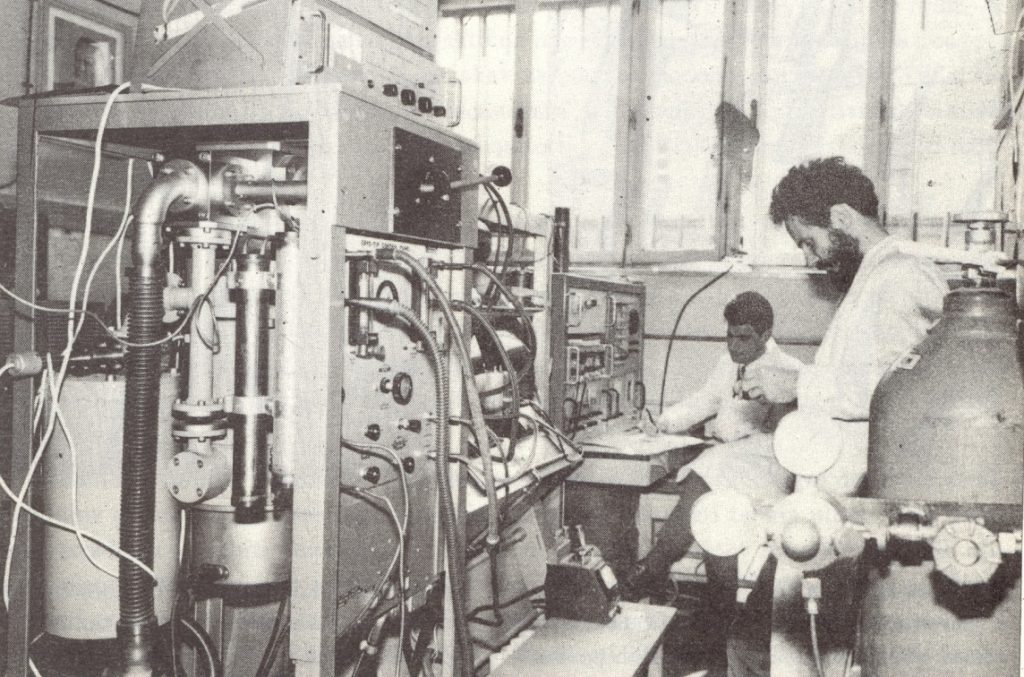
Researchers also studied the atomic structure and dynamics of crystals. Particularly prominent were the contributions to the research of the structure of noble gas compounds.
The research of radiation defects, with particular focus on reactor materials and biologically active substances, was another notable field of study.
In order to carry out its work, the group used different apparatus:
- Nuclear magnetic resonance (NMR) was used to study the structure of crystals, dynamic processes in crystals, molecular motions in condensed matter, dynamic characteristics of macromolecular substances, and properties of phase transitions.
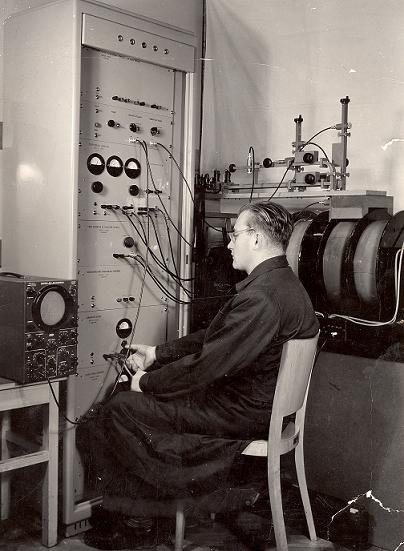
- Electron paramagnetic resonance device was used to research crystal and molecular structures, hyperfine structures, radiation defects, colour centres, and chemical reaction kinetics.
- A nuclear spin echo device was used to study dynamic processes in matter and molecular and crystal structures of condensed matter.
- With the help of a meter for dielectric constant in a radio frequency range, the influence of temperature and electric field on dielectric properties in the frequency range of 100 to 1300 kHZ was determined.
- Helium and hydrogen liquefier was used.
- The absorption of infrared light in crystals and liquids was measured with a spectrometer for far-infrared field.
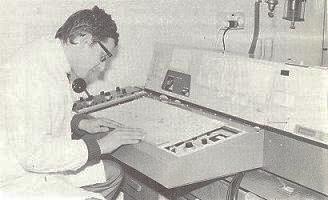
Most of the equipment used in the laboratory was built within the Department. Researchers also constructed a number of devices for external contractors, which were adapted for special methods of measurements.
Among the devices were also proton magnetometers for measurements of weak magnetic fields with a very high accuracy, a differential magnetometer to be used for earthquake prediction in seismology and archeology, and a measuring device for determining the content of oil in vegetable seeds with a non-destructive method which enables the selection and improvement of seeds. They also introduced a new method to control the dielectric properties of ferroelectric ceramics for condensers
